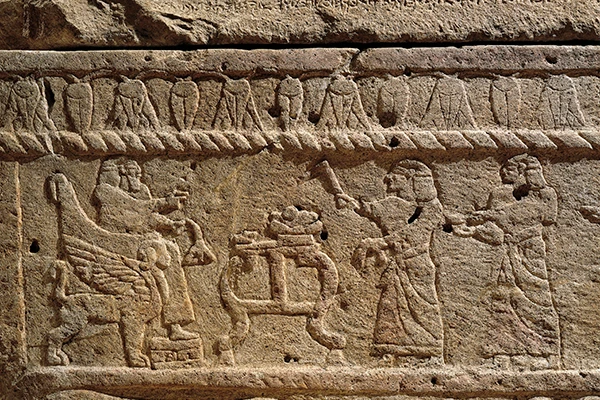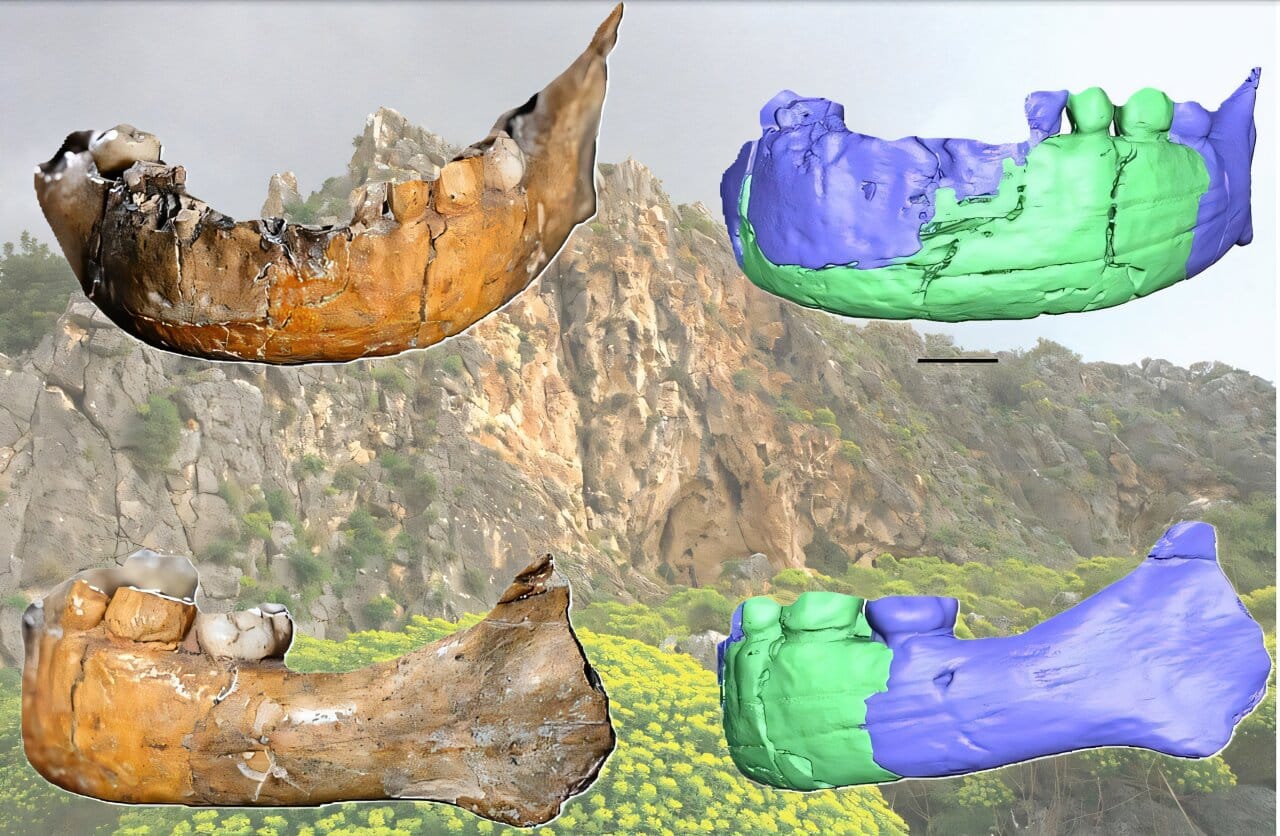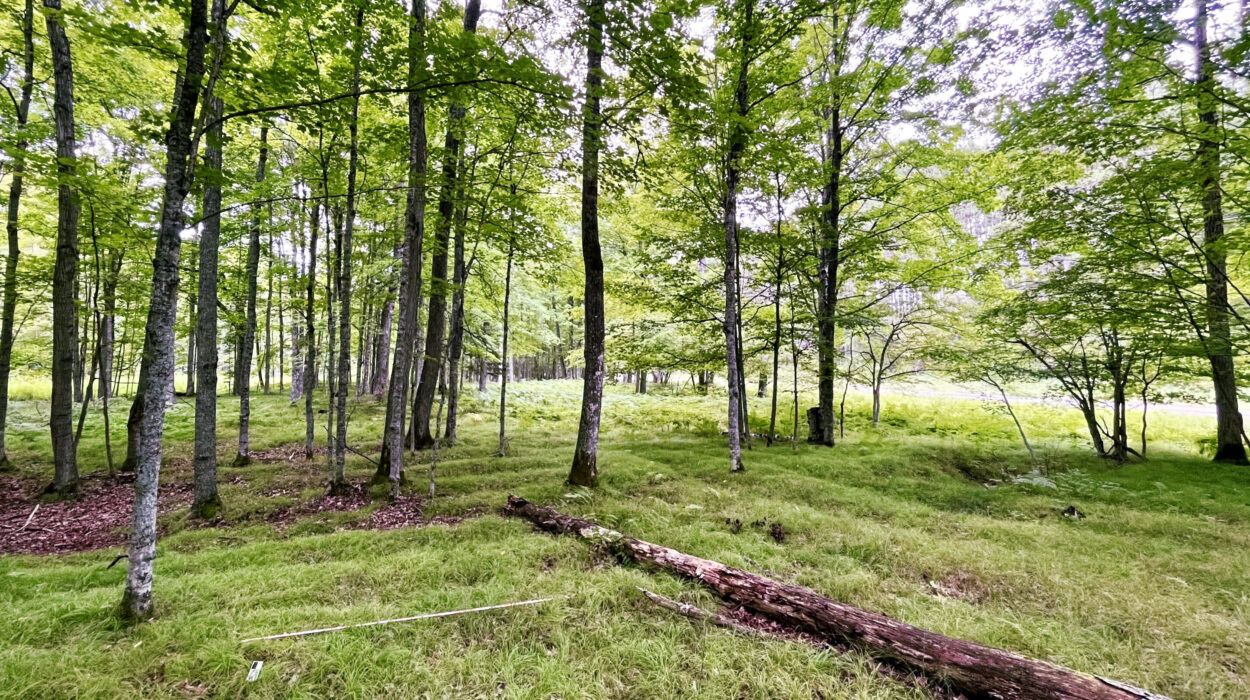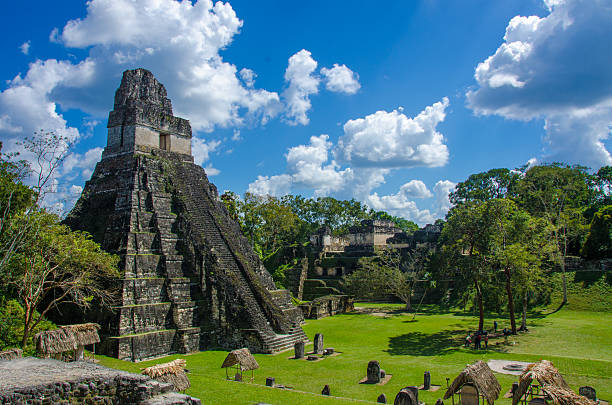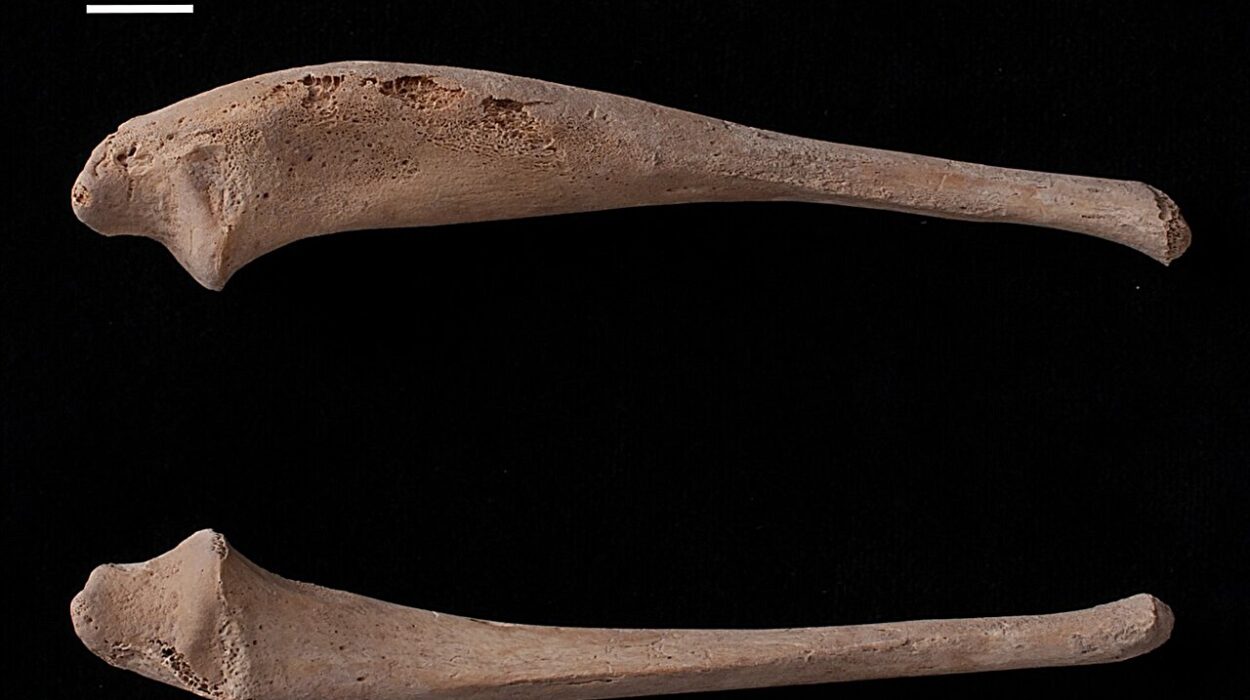Beneath the sands, beyond the jungles, under forgotten hills, and behind tales woven through generations, lie the remnants of entire worlds—kingdoms once mighty, now whispered only through crumbled stones and buried treasure. These are the vanished kingdoms, ancient societies that thrived, traded, fought, and faded, leaving behind riddles etched in ruins and legends. Their memory survives not in bustling cities or great monuments still alive with worship, but in the silent artifacts buried beneath our feet.
Humanity has always been drawn to what has been lost. There’s a magnetic pull toward the unknown, especially when it involves worlds that once thrived and then disappeared. The vanished kingdoms of the ancient world call to us not simply as archaeological puzzles, but as ghostly reflections of ourselves—proof that even the greatest civilizations can be forgotten by time, then remembered by curiosity.
The Mirage of Power
In the dry breath of the Sahara, the sun scorches down on a landscape that once cradled kings. The Kingdom of Kerma, the capital of one of the earliest Nubian states, flourished where now there is only windblown sand. Once a rival to Egypt, Kerma was a seat of innovation and architectural marvels. Its black pharaohs ruled with might and wisdom. Their burial mounds, larger than the Egyptian pyramids in base size, held treasures that reflected a kingdom of richness and resilience.
Yet Kerma fell. Whether by invasion, assimilation, or environmental collapse, its power faded and its memory dimmed. For centuries, scholars even doubted its existence, until excavations in the 20th century revealed its grand structures and complex society.
Like Kerma, many kingdoms—rising with genius, collapsing with circumstance—vanished so thoroughly that for generations they lived on only in folk tales, if at all. And when ruins were found, they often didn’t match the legends. The real was stranger than the myth.
Cities Beneath Jungle Veils
In the thick, buzzing humidity of Central America, another world slept beneath roots and vines. The Maya civilization, famed for its elaborate calendar, architecture, and writing, once ruled much of Mesoamerica. But beyond the famous pyramids of Tikal and Palenque lies something even more astonishing: hundreds of cities swallowed by jungle, completely unknown until the advent of modern aerial technology like LiDAR, which can scan through vegetation to reveal stone structures below.
What archaeologists have found is not a few lost cities, but an entire network of urban planning—interconnected kingdoms with roads, reservoirs, fortresses, and suburbs that rival anything built in the Old World at the same time.
The fall of many of these kingdoms is not entirely understood. Droughts, warfare, overpopulation, and political upheaval may all have contributed. But what is most astonishing is how completely the forest claimed them back. For centuries, no one imagined that beneath the green canopy lay the echoes of mighty dynasties, astronomy schools, and cities of tens of thousands.
Atlantis of the Sands
In the Arabian desert, the tale of a lost city called Iram—or Ubar—was preserved in Islamic tradition and poetry. Known as the “Atlantis of the Sands,” Iram was described in the Qur’an as a city of lofty pillars, punished by divine wrath for its wickedness. Western explorers dismissed it as myth.
Then in the early 1990s, satellite imaging revealed ancient caravan routes converging in a part of the Rub’ al Khali, the Empty Quarter. Excavations began, and beneath the sand, archaeologists found evidence of a once-thriving city destroyed by a sinkhole. The city had indeed been a center of trade in frankincense, and though it may not match the poetic descriptions perfectly, it was real—and it vanished almost overnight.
This marriage of legend and science is at the heart of so many lost kingdoms. Oral stories often preserve truth in abstract. The wrath of gods might be an earthquake. A vanishing city might fall into the earth. It takes both faith in folklore and rigor in science to unearth the bones of these lost civilizations.
Vanished by Volcano and Fire
One of the most evocative tragedies in ancient history is the story of Akrotiri. Located on the Aegean island of Santorini, Akrotiri was a Minoan settlement—part of a thriving civilization that dominated the eastern Mediterranean long before classical Greece. Around 1600 BCE, a massive volcanic eruption blew apart the island and buried the city beneath ash.
Unlike Pompeii, whose residents were caught unaware, the people of Akrotiri seemed to have fled. No human remains have ever been found among the ruins. What has been uncovered is stunning: multi-story buildings, colorful frescoes, and an urban design that included drainage systems, streets, and elegant homes.
Akrotiri might have been the inspiration for Plato’s Atlantis. It was an advanced society wiped out in an instant, buried and preserved by fire and stone. For centuries, it slept beneath a crater, waiting for rediscovery.
But Akrotiri is only one part of the puzzle. The Minoan civilization as a whole disappeared from prominence after the eruption. Their script, Linear A, remains undeciphered. Their palaces are ruins. Their memory lives in fragments. Their collapse reshaped the ancient world—and cleared the way for Mycenaeans and, eventually, the rise of classical Greece.
Ice, Wind, and Earthquakes
Not all vanished kingdoms perished in fire or conquest. Some were lost to the gentler forces of time, erosion, and shifting environments. The Harappan Civilization, also known as the Indus Valley Civilization, flourished around 2500 BCE in what is now Pakistan and northwest India. It had advanced urban planning, sewage systems, and standardized weights and measures.
But around 1900 BCE, it began to decline. There is no evidence of invasion, no mass destruction. Instead, scholars believe climate change and river shifts may have turned fertile lands into arid plains. Cities like Mohenjo-Daro were abandoned, their bricks scavenged over centuries. Without a deciphered script, the Harappans left no clear record of their own story.
What’s compelling about such kingdoms is their sheer subtlety. Unlike the warrior empires that fell in blood and fire, the Indus cities quietly faded. Their disappearance was not dramatic—it was slow and creeping, like the retreat of a tide.
Shadows of Stone and Dust
Time, nature, and conquest are relentless sculptors. In modern-day Turkey lies the ghost of the Hittite Empire. For centuries, the Hittites were entirely unknown. Their name was remembered only from the Bible, and many dismissed them as fictional.
That changed in the early 20th century when archaeologists uncovered Hattusa, the Hittite capital. There were libraries with thousands of cuneiform tablets. Here was an empire that had fought Egypt to a standstill at the Battle of Kadesh. Their law codes and diplomacy were sophisticated. Their gods were many, their mythology rich.
And yet, they vanished. Their capital was burned. Their language was forgotten. The scribes died, and their stone cities eroded into hills. It took until the 1800s before scholars even began to realize that these people existed, and even longer to read what they had written.
The rediscovery of Hittite civilization is a reminder that what we think we know about history is incomplete. Major players can disappear from the stage, only to reemerge centuries later when the earth gives up its secrets.
The Desert Still Holds Secrets
In the vastness of Central Asia, the sands whisper of another forgotten world. The Oxus Civilization—also known as the Bactria-Margiana Archaeological Complex—was centered in present-day Turkmenistan, Uzbekistan, and Afghanistan. This Bronze Age society built fortified cities and crafted intricate gold artifacts. They traded with Mesopotamia, the Indus Valley, and China.
And yet, they were completely unknown until Soviet archaeologists unearthed their remains in the 1970s. This civilization had left no written language, no recorded name, no legacy—except for what the ground preserved. Their existence challenged the idea that only river valleys birthed ancient complexity. Here was a desert kingdom, rich and vibrant, yet lost for over 3,000 years.
Who were they? What gods did they worship? What led to their fall? The answers are only now beginning to emerge from beneath the dust.
Why Kingdoms Disappear
Every vanished kingdom leaves behind not only ruins but questions. Civilizations do not fade without reason. And the reasons are often as complex as the societies themselves.
Some, like Carthage, were destroyed by deliberate war and erasure. Rome razed the city, salted the earth, and tried to wipe its name from memory. Others, like Cahokia in North America, rose without stone monuments and declined without written records. Environmental collapse, resource exhaustion, disease, migration, and ideology—all played roles.
Sometimes the world simply changes faster than a society can adapt.
In every case, the past teaches us humility. These kingdoms were not primitive. They were advanced, ambitious, and in many cases, ahead of their time. Their vanishing does not mark failure. It marks transformation. What disappears in one age may reappear in another.
The Resurrection of Memory
Today, archaeologists are not just digging up stones. They are resurrecting stories. The science of excavation—married with radiocarbon dating, geophysics, remote sensing, and DNA analysis—has given us unprecedented tools to read the past. But even the most precise tools require imagination. The ability to connect a broken statue to a royal lineage. A potshard to a feast. A buried road to a thriving city.
In this way, the vanished kingdoms of the ancient world are not truly gone. They live again with every uncovering, every translation, every retelling.
And their revival isn’t just academic. They challenge the arrogance of the modern age. They warn us of collapse, yes, but also of resilience. They show that complexity and creativity are not recent human achievements. They are ancient—and universal.
Conclusion: The Breath of Dust
Stand in the silence of a ruined temple, or feel the wind across the bare bones of an ancient city, and you might hear it—the breath of dust, carrying the voices of those who once stood where you stand.
The vanished kingdoms of the ancient world are not just lost—they are waiting. Waiting for someone to ask the right question, to feel wonder, to dig a little deeper. The sands cover but do not destroy. The jungle hides but does not erase.
In the end, we are the continuation of their stories. Their dreams, their mistakes, their triumphs—they all flow into us. We live in the world their hands built. And if we listen closely, with science in one hand and wonder in the other, we can still hear their heartbeat beneath the earth.
The kingdoms are calling. And they are never truly silent.

